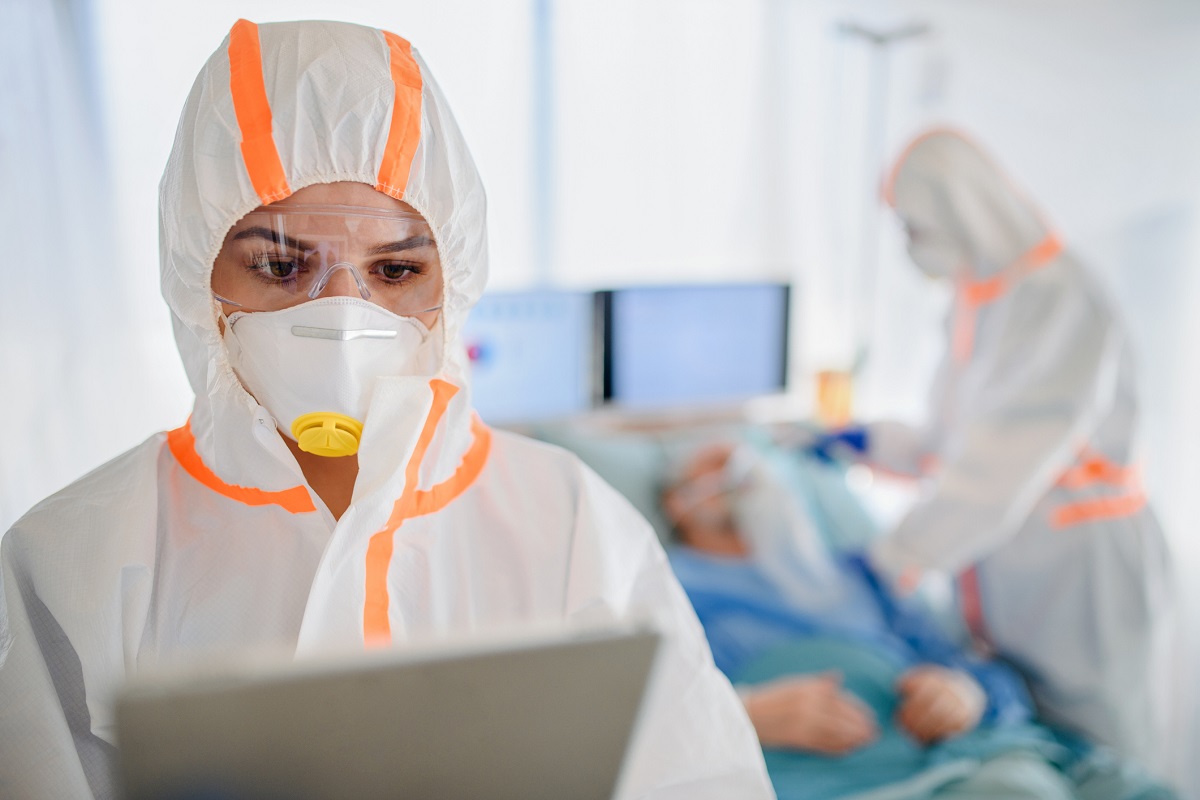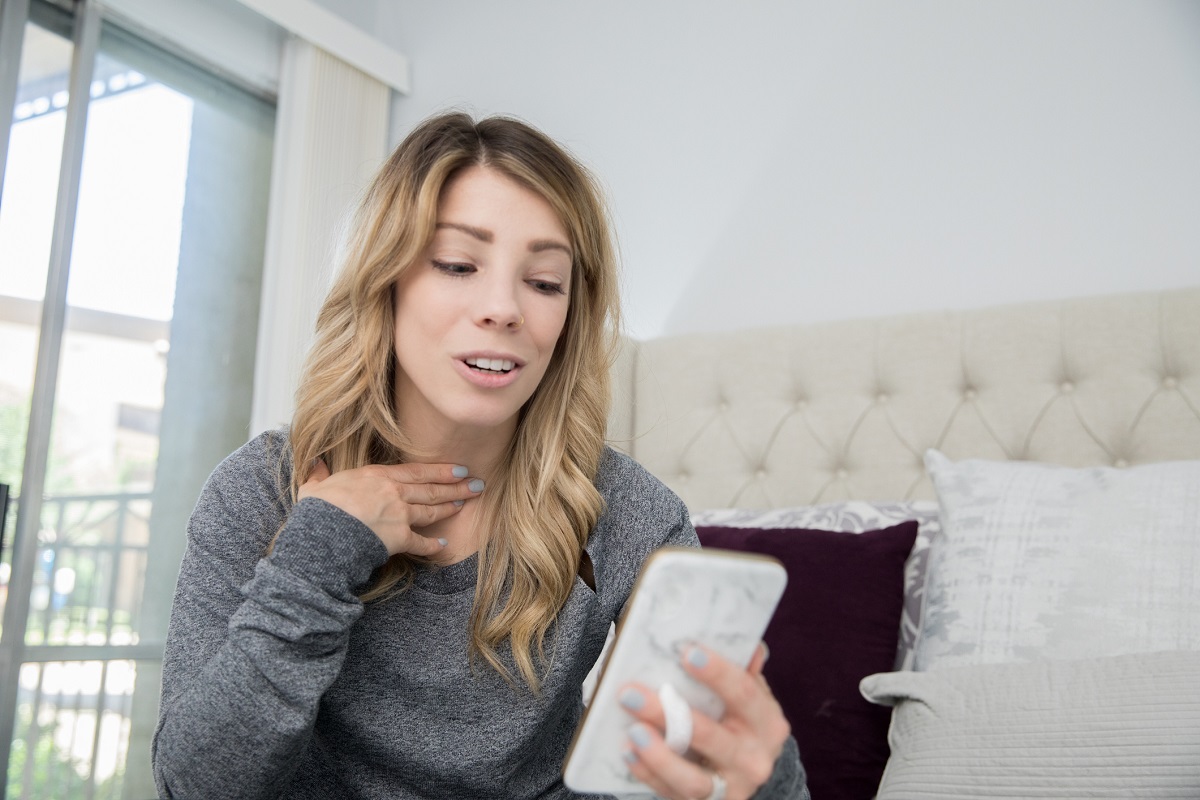Sport, Health & Wellbeing
COVID-19: Getting patients on the road to recovery
As an Intensive Care Unit (ICU) physiotherapist, many of Dr Bernie Bissett’s favourite moments have been replays of the same scenario – the one where she helps a patient to stand. Even though they doubted they ever would again.
“It’s an emotional moment for patients and physios alike!” says the Discipline Lead in Physiotherapy at the University of Canberra’s Faculty of Health.
“It’s also part of what makes acute care physiotherapy so rewarding.”
Helping get patients on their feet has taken on added nuance now, for Bernie and her colleagues around the world, as they face the COVID-19 pandemic head-on. “The sooner a patient with COVID-19 gets up and gets moving, the better their chances of recovery,” she says.
Physiotherapy is a cornerstone for recovery, both in the ICU and beyond.
COVID-19 patients who end up in the ICU are often struggling to breathe. Many of these patients need ventilators – and physiotherapy could start as soon as they are admitted.
“Part of our training is in managing respiratory problems like breathlessness or difficulty clearing mucus from the lungs,” Bernie says. “COVID-19 patients in the acute respiratory distress phase can’t catch their breath, and their blood oxygen levels are so low that not enough oxygen can get to their vital organs. This can be a very frightening situation.”

According to Bernie, patients need to have stable blood oxygen levels, breathing and blood pressure, and be awake enough to cooperate, if they are to participate in active physiotherapy.
While deep sedation for patients on ventilators is practised in some ICUs around the world, this is no longer the case in many Australian ICUs; minimising sedation allows patients to actively participate in their recovery and become mobile sooner.
“We can use a variety of positions to reduce breathlessness, and drain the mucus from their lungs if they are struggling to breathe,” she says. “Sometimes when patients are extremely unwell, we may help with positioning them to lie on their stomach, even while they’re on the ventilator.”
In this position, the lungs are opened up more – the air sacs are uppermost, allowing the ventilator to push oxygen in to more of the capillaries in the lungs.
“This ‘prone position’ may seem like a simple idea, but we’ve heard countless stories from ICU clinicians around the world that this position has saved the lives of COVID-19 patients, when the limits of drugs or ventilators were reached,” Bernie says.
Once patients move beyond the intense acute phase, they can sit up.
“We would also try to help them stand, march on the spot, or even walk around – again, even while they’re still on the ventilator,” she says. “This will also allow their diaphragms to move properly and help with their breathing.”

Once patients are no longer infectious, additional techniques can be used to help clear their lungs.
“These include blowing bubbles to create positive pressure in the lungs, tapping the back to help the lungs release the mucus, or focused patterns of huffing and coughing,” Bernie says. “We can also use spring-loaded resistance devices to strengthen diaphragm muscles.”
Getting patients up and moving is key to both helping their lung function and starting their bodies on the journey towards recovery.
“Physiotherapy in the ICU is also about helping people recover whole-body strength,” Bernie says. “Our bodies don’t like sitting or lying down for too long!”
“Within seven days of an ICU admission, patients can become extremely weak. For patients on bed rest, their leg muscles start wasting away within the first few days – the sicker the patient is, the faster this wasting happens. ICU-acquired weakness can last for up to five years after recovery.”
According to Bernie, patients who get up and out of bed within 48 hours of admission into the ICU will have much better outcomes than those who don’t.
“This includes being physically stronger and able to do more tasks independently – like walking or dressing themselves. They are also likely to have better quality of life once they’ve returned home,” she says.
“Even better: we know that patients who mobilise early in their ICU stay are less likely to die 12 months later.”
Physiotherapy can continue even after the patient is moved to a regular ward, or leaves the hospital.
“From drawing on the experiences of other countries like Italy and the United Kingdom, we know that COVID-19 patients often spend a week or more on a ventilator, then struggle with weakness even once they recover from the coronavirus itself.”
She recommends that recovering patients at home avoid prolonged bed rest and try to remain upright during the day (sitting, standing or walking) to help the lungs remain open and clear.
“Some people find deep breathing helpful, but honestly just keeping mobile is fine – go for short walks as often as you can and make a gradual return to your normal activity.”
“People still struggling with breathlessness at home in the longer term should consider consulting a physio – many are offering telehealth consultations, and this could be a great way to access expert advice.”
 There has never been a more important time to have physiotherapists working in acute care.
There has never been a more important time to have physiotherapists working in acute care.
“ICU managers and physiotherapy departments are staring down the barrel of the COVID-19 crisis, grappling with the potential influx of many unwell patients who would need physio treatments,” Bernie says.
This necessitated guidelines for effective preparations and practices, and the safety of both clinician and patient – so Bernie joined a group of physiotherapists from Australia, the UK, Canada and Hong Kong to create research-based clinical guidelines that could be translated into any ICU physiotherapy setting on the planet.
“We considered the physiotherapy treatments available, and used existing evidence to advise which are safe and which are risky with COVID-19 patients,” Bernie says.
The open access guidelines have been published in the Journal of Physiotherapy and made available on social media. They are already being translated into a dozen languages.
“Our ultimate goal was to get these guidelines out to everyone who needed them. We’ve had feedback on social media that they have already proved invaluable to physiotherapy teams around the world.”
Ultimately, Bernie says, the value of physiotherapy in acute care transcends the physical – it’s also about the mind and heart, which can play important roles in recovery.
“Within just one treatment, patients can go from feeling completely bed-bound to having a sense of rebuilding muscle and the return of some independence – we help them see that there’s a light at the end of the tunnel,” she says.
To read more about the collaboration on the clinical guidelines, click here.
To access the full guidelines, click here.
Words by Suzanne Lazaroo, photos: supplied and stock images